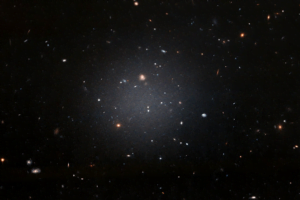Dwarf galaxies (low-mass) play an important role as they are the building blocks of galaxies and are the strongest test for the Cold Dark Matter (CDM) model on the smallest scale. Despite their important role in galaxy evolution and formation as well as dominating the galaxy population in the Local Universe, there is a lack of observational and theoretical constraints on the effects of their interactions as compared to their massive counterparts. It is unclear if effects, such as enhancement in star formation, gas and stellar stripping, as observed in massive galaxies applied to dwarfs.
In the last decades or so, studies of the population, distribution and properties of dwarf galaxies and their role in galaxy formation and evolution have been dominated by northern hemisphere surveys. This is in part due to the availability of all-sky survey data and access to telescopes for follow-up observations. In recent years, state-of-the-art instruments being equipped on telescopes in Australia allow us to lead large-scale surveys. At optical wavelengths, there is an ongoing shallow imaging survey (i.e. SkyMapper) that is equivalent to the northern SDSS. At radio wavelengths, there is also an ongoing shallow ASKAP HI survey (i.e. WALLABY) led by researchers at ICRAR/UWA.
Possible project listed below will be in close collaboration with ICRAR and international WALLABY team members.
- Probing role of galaxy interactions in quenching at low mass end
- Neutral hydrogen gas content in Local Group and Local Volume dwarf galaxies
- Low surface brightness dwarf galaxies: ultra-diffuse galaxies

NGC 1052-DF2, an ultra diffuse galaxy. NASA, ESA, and P. van Dokkum (Yale University)
If you are interested in these projects or similar, contact biqing.for@icrar.org